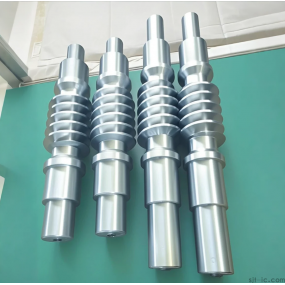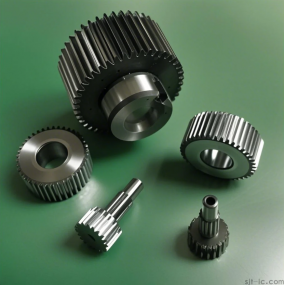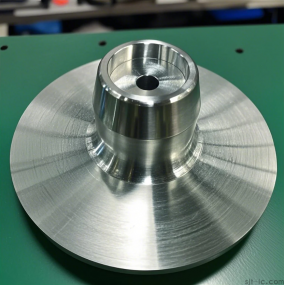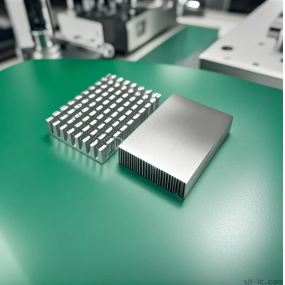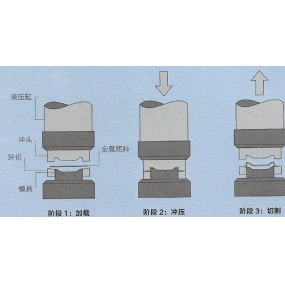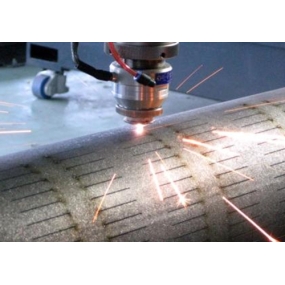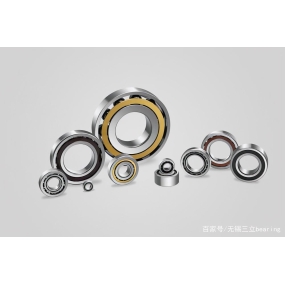Hey there, fellow engineers and procurement pros! 😊 Tired of dealing with tool breakage, poor surface finishes, or warped parts when you're machining 304 stainless steel? You're not alone. 304 is a beast—it's tough, it work-hardens like crazy, and it can really test your skills (and your patience). But what if you could crack the code? This guide is all about sharing practical CNC Machining tips for 304 stainless that I've gathered from the shop floor. Let's dive in and make your next project a smooth one! 🚀
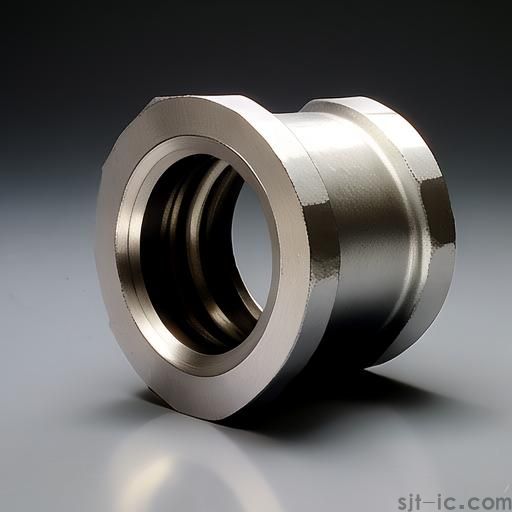
Why is 304 Stainless Steel So Tricky to Machine?
First things first, let's understand our opponent. 304 stainless is popular because it's corrosion-resistant and strong. But that same strength comes from its tendency to work-harden during cutting. Imagine the material getting harder right where your tool is trying to cut it! This leads to faster tool wear, heat buildup, and if you're not careful, a ruined part. While its excellent ductility is great for forming, it's a headache for machining, creating long, stringy chips that can interfere with the process. So, getting it right isn't just about force; it's about finesse.
Choosing the Right Warrior: Your Cutting Tool
You wouldn't use a butter knife to cut a steak, right? The same logic applies here. For 304 stainless, your tool choice is make-or-break.
✪ Tool Material is Key: I always reach for carbide tools. They're hard enough to handle the abrasiveness of stainless steel and can withstand the high temperatures much better than high-speed steel tools.
✪ Geometry Matters: Use tools with a sharp, positive rake angle. This helps shearing the material cleanly rather than pushing it around, which reduces cutting forces and heat. A robust tool geometry also helps in managing those pesky chips.
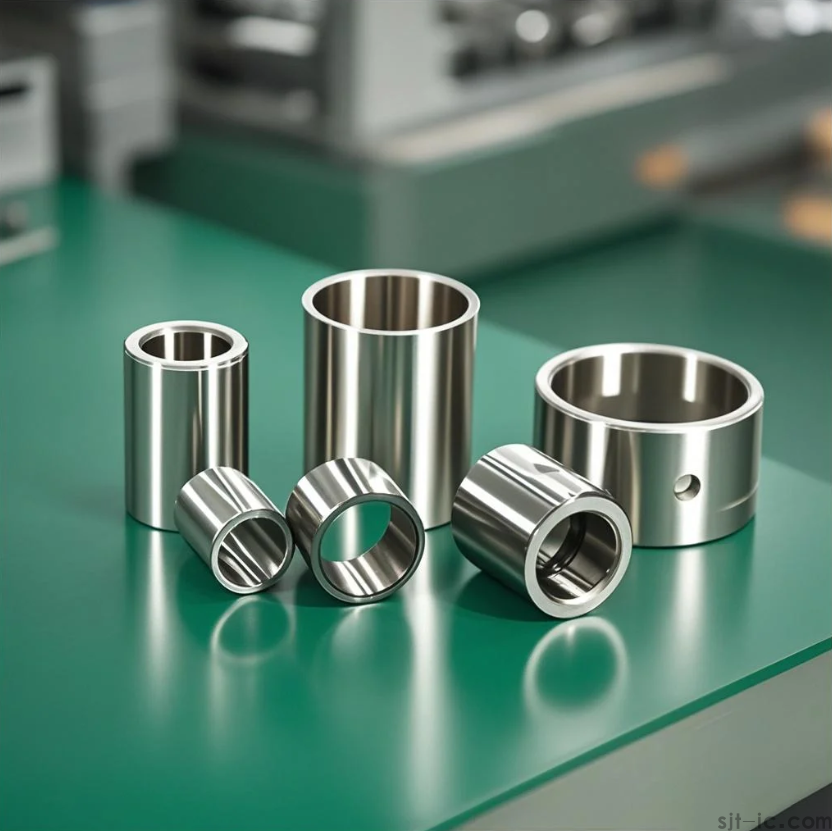
Taming the Heat: Speeds, Feeds, and Coolant
This is where the magic happens. Getting your cutting parameters dialed in is the most critical step for success.
✔️ Consistent Feed Rate is Non-Negotiable: One of the biggest mistakes is slowing down or stopping the feed during a cut. This is like rubbing sandpaper on the same spot—it rapidly work-hardens the material and kills your tool. Keep the feed constant and assertive.
✔️ Moderate Speed, Ample Feed: Don't chase high speeds. A moderate surface speed with a healthy feed rate is often more effective. It helps the chip carry heat away from the cut. The exact numbers can depend on your specific setup, which is something I'm still fine-tuning with different tool brands.
✔️ Flood that Coolant! Heat is your enemy. Use a high-quality, high-pressure coolant aimed directly at the cutting edge. It not only cools the tool and workpiece but also helps in flushing chips away, preventing re-cutting and scratches on the surface finish.
Getting a Grip: Workholding and Rigidity
Any vibration or movement will destroy your finish and accuracy. 304 stainless steel demands a rock-solid setup.
🔧 Maximize Rigidity: Ensure your workpiece is clamped securely. Use additional supports if you're machining a thin-walled part to prevent it from flexing or vibrating ("chattering"). A chattering machine makes a terrible sound and gives you a terrible part.
🔧 Machine Condition: Make sure your CNC machine itself is in good shape. Any looseness in the slides or spindles will be amplified when machining a tough material like this.
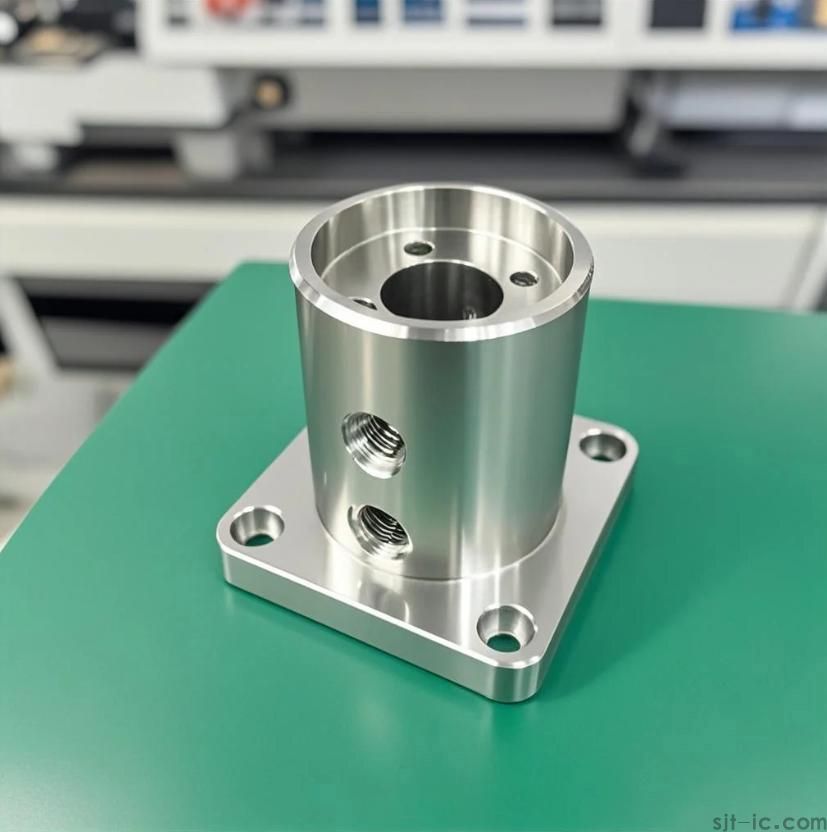
Beyond the Basics: A Pro's Personal Take
Okay, so we've covered the textbook stuff. But here's my two cents from doing this day in and day out. The real secret sauce isn't just one setting; it's a mindset. You have to be proactive, not reactive. Listen to your machine. A change in sound often tells you something's wrong before you see any visual signs. Inspect your tools regularly for wear. And maybe most importantly, document what works. When you find a sweet spot for speeds and feeds for a specific operation, write it down! This builds your own personal knowledge base. Honestly, sometimes the science of it feels more like an art. You follow all the rules, but the material still throws you a curveball. That said, sticking to these fundamentals dramatically increases your chances of a win. 🏆
So, there you have it. It's not about having a secret manual; it's about respecting the material, using the right tools, and controlling the process. Hope this helps you tackle your next 304 stainless project with more confidence!


 Spanish
Spanish Arabic
Arabic French
French Portuguese
Portuguese Belarusian
Belarusian Japanese
Japanese Russian
Russian Malay
Malay Icelandic
Icelandic Bulgarian
Bulgarian Azerbaijani
Azerbaijani Estonian
Estonian Irish
Irish Polish
Polish Persian
Persian Boolean
Boolean Danish
Danish German
German Filipino
Filipino Finnish
Finnish Korean
Korean Dutch
Dutch Galician
Galician Catalan
Catalan Czech
Czech Croatian
Croatian Latin
Latin Latvian
Latvian Romanian
Romanian Maltese
Maltese Macedonian
Macedonian Norwegian
Norwegian Swedish
Swedish Serbian
Serbian Slovak
Slovak Slovenian
Slovenian Swahili
Swahili Thai
Thai Turkish
Turkish Welsh
Welsh Urdu
Urdu Ukrainian
Ukrainian Greek
Greek Hungarian
Hungarian Italian
Italian Yiddish
Yiddish Indonesian
Indonesian Vietnamese
Vietnamese Haitian Creole
Haitian Creole Spanish Basque
Spanish Basque

